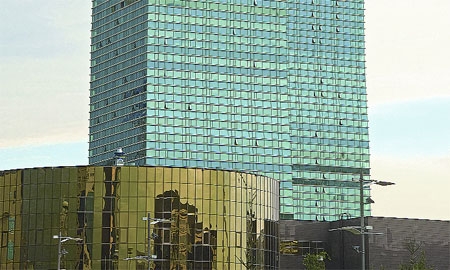This year Kazakhstan celebrates 20 years of independence from the former U.S.S.R. As well as being a model of multi-ethnic stability, Kazakhstan has become one of the stronger economic powers in the region, enjoying GDP growth of over 8% from 2000 through 2007.
While oil, natural gas and mining form the backbone of the economy and therefore have rather overexposed the country to the negative effects of the global recession, Kazakhstan is investing in technology, finance, real estate, tourism and other non-extractive sectors to help diversify its sources of income and employment.
FROM ECONOMIC DIVERSIFICATION TO ACCESSION TO THE WTO, KAZAKHSTAN IS KEEPING BUSY MAINTAINING ITS POSITIVE POST-CRISIS GROWTH
|
President Nursultan Nazarbayev’s administration has defined a five-year industrialization program mapping out more than 100 ongoing or planned public and private investment projects, with a view to developing infrastructure and competitive industries. The program, which should reduce the need for imports of industrial products, focuses on 10 sectors, including agriculture, energy, base metals, construction, pharmaceuticals and telecommunications. Overall, it requires an estimated investment of $54 billion.
The government has also taken steps to spur growth and link its economy to its neighbors with the creation of a customs union sharing a common economic zone with Russia and Belarus. Due to be up and running by 2012, the union will see to the development of cooperation in the financial sector and will ensure steadier cash flows.
Kazakhstan is also pursuing accession to the World Trade Organization (WTO), which it hopes to join at the same time as Russia. And while Kazakhstan’s main external ally and security guarantor is Russia, the Central Asian republic also enjoys strong ties with China, the EU and the U.S., with whom bilateral relations have strengthened even more since the 9-11 attacks, when Kazakhstan granted the U.S. overflight and landing rights.

0 COMMENTS